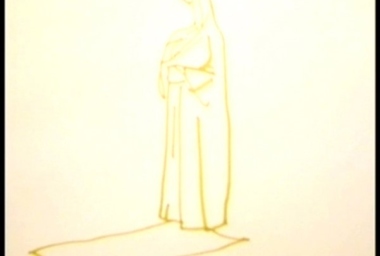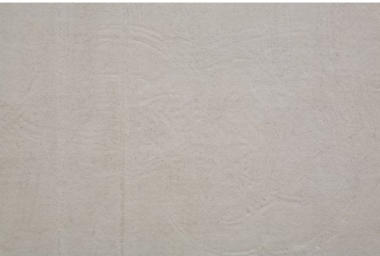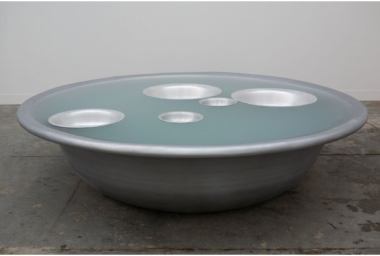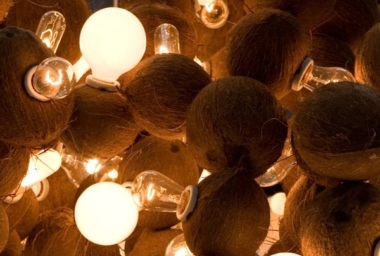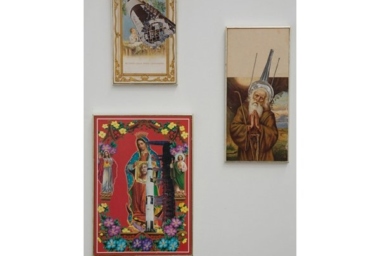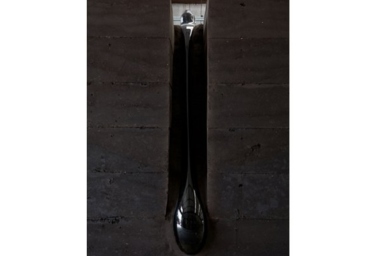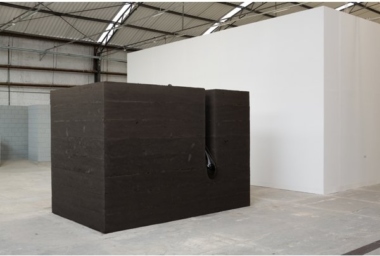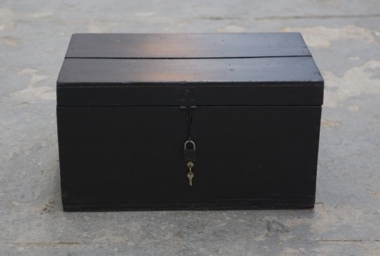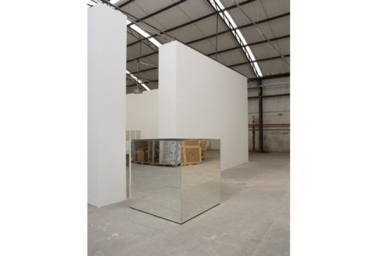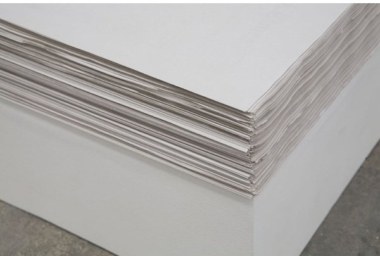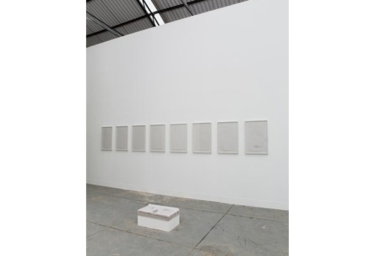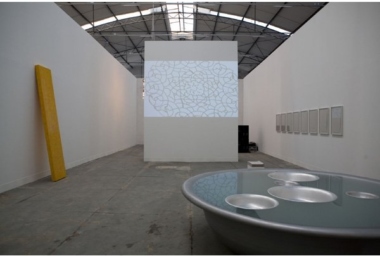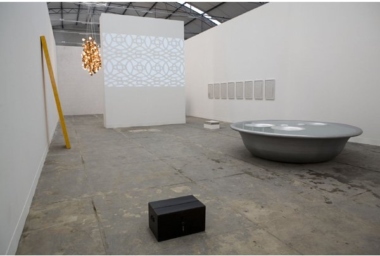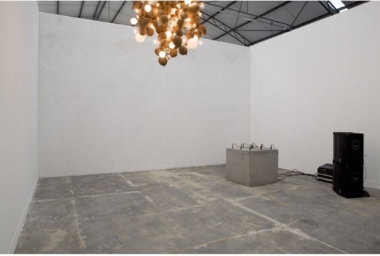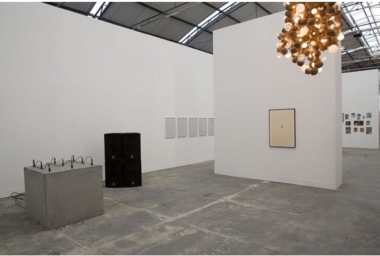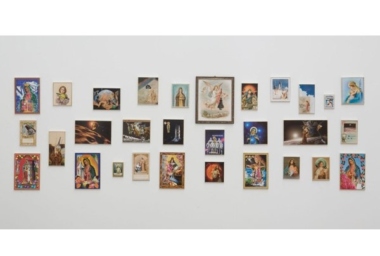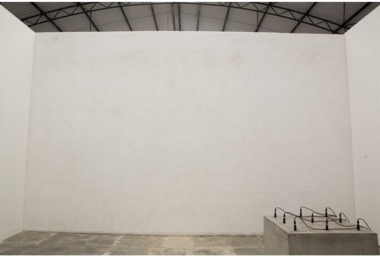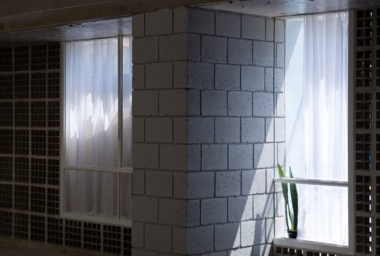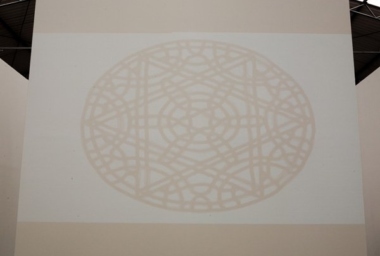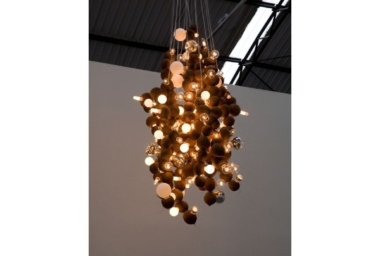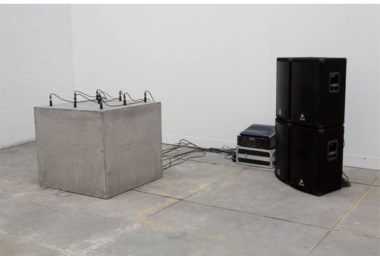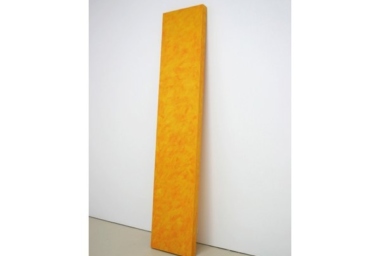God is design
Mar 29 – May 31, 2008
Galpão Fortes Vilaça
Adel Abdessemed | Trisha Donnelly | Urs Fischer | Guyton & Walker | Agnieszka Kurant | Renata Lucas | Kris Martin | John McCracken | Aleksandra Mir | Rivane Neuenschwander | Nuno Ramos | Michael Sailstorfer | Rudolf Stingel
We are very pleased to present God is Design, the inaugural show of our new exhibition space Galpão Fortes Vilaça. Curated by Neville Wakefield, of PS1 MoMA New York, this show features internationally renowned artists: Adel Abdessemed, Trisha Donnelly, Urs Fischer, the Guyton/Walker artist duo, Agnieszka Kurant, Renata Lucas, Kris Martin, John McCracken, Aleksandra Mir, Rivane Neuenschwander, Nuno Ramos, Michael Sailstorfer and Rudolf Stingel.
Based on the architectural configuration of the venue – an exhibition space within a warehouse – the curator made an analogy to the Kaaba in Meca. A space defined by its interior. The artworks deal with issues related to religious thinking, to exteriority and interiority, nature and artifice, expressivity and constraint.
The video God is Design by Adel Abdessemed, which has provided the exhibition’s title, is an animated sequence of patterns and symbols from various religions that overlay one another. In his other animation, Les Douleurs de ma Mere [My Mother’s Pains], Adel shows the figure of a woman – completely covered by the burka she is wearing – kneeling to pray repeatedly. At each movement the lines of the drawing change color. In Declaration for Space, 2007, Aleksandra Mir presents thirty-three collages that mix religious iconography with images from NASA.
John McCracken, an artist from the first generation of American minimalism and one of the outstanding artists featured at the most recent Kassel Documenta, is represented by his artwork Persus, 1986, a handpainted yellow monochrome on wood. Other artworks are related to the minimalist legacy through their suppression of the image and ornament, focusing instead on closed figures and straight lines. This is the case of Black and Blue, 2000–2008, by Nuno Ramos, a large block of pressed black sand cut by drop-shaped glass piece containing oil, as well as the artwork by Urs Fischer, consisting of a mirrored cube filled with orange juice, coffee and cigarettes – antagonistic materials with an unpleasant combined smell. Researsher Reactor, 2008, by Michael Sailstorfer is a concrete rectangular solid with embedded microphones and amplifiers that capture the building’s vibrations to produce a sound like that of a reactor. Symphonie n.0, 2008, by Kris Martin, is a black box closed by a padlock. Inside the box is a siren that is forever silent, even though it is fully functional.
Exploring the relation with the architecture, Renata Lucas has created a window that cuts the Galpão’s façade at two points. In turn, Rivane Neuenscwander and the Guyton/Walker artist duo have made use of household materials in the construction of two sculptures that also deal with the question of interiority and exteriority. Neuenschwander’s Continentais [Continentals], is a large basin that contains other basins floating on a white liquid. Coconut Chandelier, is a lighting fixture made of dried coconuts and everyday light bulbs.
Future Anterior, 2008, by young Polish artist Agnieszka Kurant, is a print of eight pages of The New York Times in the year 2020, according to the predictions of a clairvoyant. Because the ink used is heat sensitive, the text on the page only appears when the temperature is below 26 degrees centigrade – making it a white monochrome just like Stingel’s artwork, a white carpet that lines an entire wall of the exhibition, beckoning for the visitor to touch it and leave his/her mark.
The new Galpão Fortes Vilaça
Located in São Paulo’s Barra Funda neighborhood, Galpão Fortes Vilaça is the outcome of a project begun long ago. Its main function is to serve as a storage space for the gallery’s collection. Most of the artworks there will be packaged up, while others will be on display within the storage area. The Galpão also has exhibition rooms set off by movable panels, which allow for the space to be reconfigured according to the nature of each show. These rooms do not have ceilings; the space stretches up to the old arched roof, which at the highest point is eight meters above the floor and remodeled only insofar as to increase the circulation of air and allow for the entry of natural light.
The aim of the Galpão is to offer the public – by way of scheduled visits – a view of what takes place behind the scenes of an art exhibition. Due to its rustic and industrial nature, this new space provides artists and the interested public with an alternative context – alternative ways to make contact with art, outside the rigidity and neutrality of the white cube. Soon, the space will also house a library with magazines and books that may be consulted by the public, also by way of scheduled visits.

